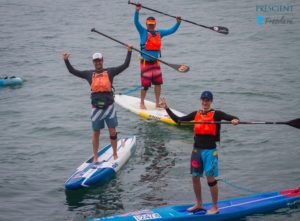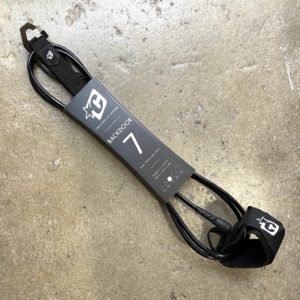SUP SAFETY ESSENTIALS!
We all love to SUP, and know just how long it takes to get those boards locked and loaded to hit the water. Yet, if we take some time to think about the essentials, we can have a safe, guilt-free paddle every time!
Here’s the lowdown on what really matters in the SUP safety arena:
Your clothing counts:
Dress weather appropriately – there’s a great saying that reads
“There is no such thing as bad weather, only bad clothing,”
This applies to paddling too, so make sure you are dressed for the temperature of the water you plan to paddle on.
Do you need a wetsuit or wetsuit top?
Clothing made from wicking fabric (like dry-fast nylon / polyester tops and rash vests) helps to draw the moisture away from your skin. The same concept holds for paddling leggings and shorts. This is better than cotton shirts or shorts, as they tend to absorb water and stay wet.
Layering your clothing also helps as you eventually warm up once you get going.
Clothing with a built-in SPF rating can be hugely beneficial against the raging sun if you plan a long time on the water.
You also need to be comfortable in your gear, and if using it in the ocean, check that it does not have zippers and buttons that will rust over time.
Neoprene surf booties are great for the feet, and protect you when heading out of the water over sand and stones. Wet shoes are a bit looser, and might become a bother if you are on and off your craft a lot of times, so are not generally advisable on a SUP.
Sunglasses are NOT an option, as they will most likely end up falling into the water in a very short time after starting.
If you are a beginner, you will most likely fall a few times, so be prepared and wear a costume underneath your gear too!
 Your PFD gives layers of protection:
Your PFD gives layers of protection:
One of the key items if you are going far away from shore, or on a long-distance paddle, is a level 50 personal flotation device (PFD). Here in South Africa, we are privileged to have some incredible organisations like SAMSA that have set safety standards around these items.
Canoeing South Africa (CSA), with whom we are affiliated, have an info page about the standards for Personal Flotation Devices but the rule of thumb is as follows:
– it needs to keep you afloat,
– it must fit properly for your sport,
– it should have required safety features; like reflective panels, a central lifting loop, and a whistle.
Extra features like pockets that can hold your cell phone / other safety gear are a huge benefit too.
A good retailer will know all of the requirements and sizing, and will help you get the right fit. It needs to fit your chest, and should not go only according to your weight!
Remember – “the best lifejacket is the one you are wearing” – take it with you, don’t leave it on the shore! It’s also an incredible windbreaker when you need extra warmth.
 Your watchful eye – a tracking device:
Your watchful eye – a tracking device:
The best news any paddler could ever hear is that there is help for them if they get into trouble out on the water! The NSRI have developed a free app called SafeTrx which has amazing features:
– It can do real-time tracking for your family / friends to follow while you paddle
– Sets up an emergency contact to alert in the event of an emergency,
– You can make a distress call if in dire straits!
– Set up a group to paddle with before you go – your paddling mates will always get to you first!
Download it for free here for Android and Apple platforms..
The way to use this service is via a smartphone in a protective waterproof pouch. This can either be worn around the neck, or placed into your pfd if it has protective pockets. These covers are available from many retailers – just check to see that they seal properly if you plan a long paddling trip!
 Your critical lifeline – a leash:
Your critical lifeline – a leash:
A good quality leash is an absolute essential. It is determined by the size of your board, and once you are a proficient paddler, you can determine whether or not to use an ankle, calf, thigh or midriff leash. The longer racing sups will use a coiled leash, while smaller boards will go with a regular straight surf leash.
Check your leash at intervals to see if the velcro is clean and still adhering on both sides, as well as if the steel joints are functional.
It’s worth spending the extra money on a good leash – this is your lifeline, and it will outlast and outperform all the cheapies that only keep your wallet happy, not your mind secure!
The wearing of a leash should be second nature and mandatory, just like putting on a seat belt in a vehicle.
If safety comes first, then fun and fitness will come a close second!
Be SUP Safe!
